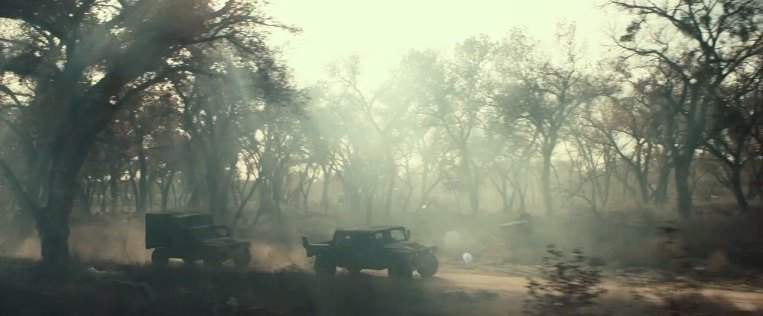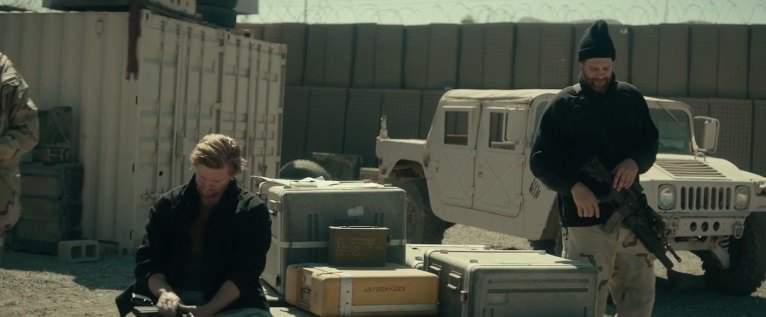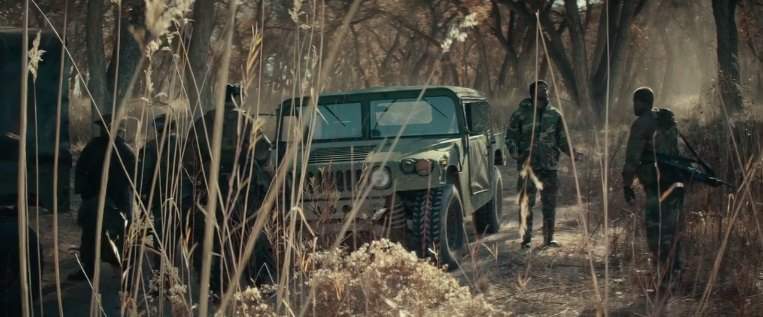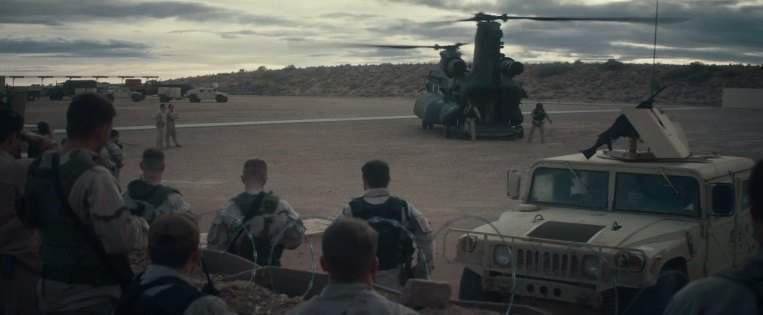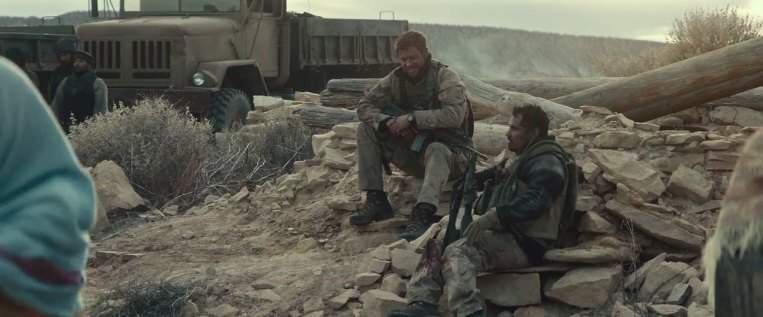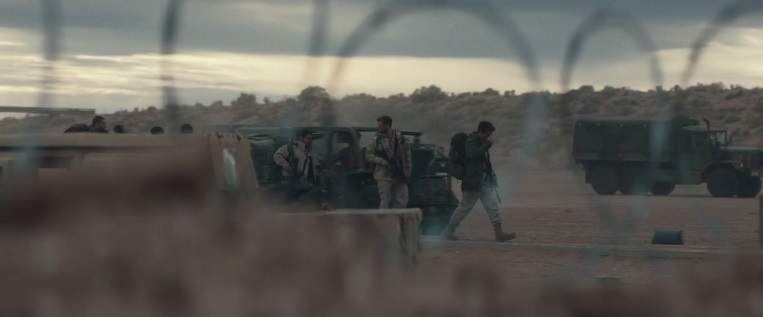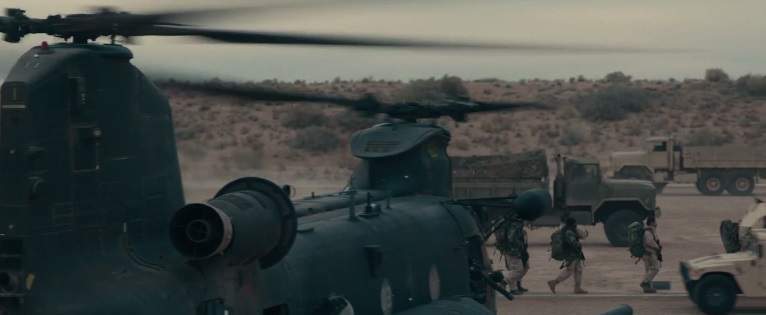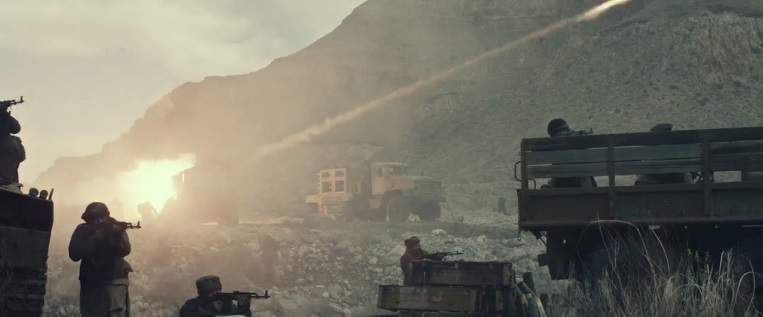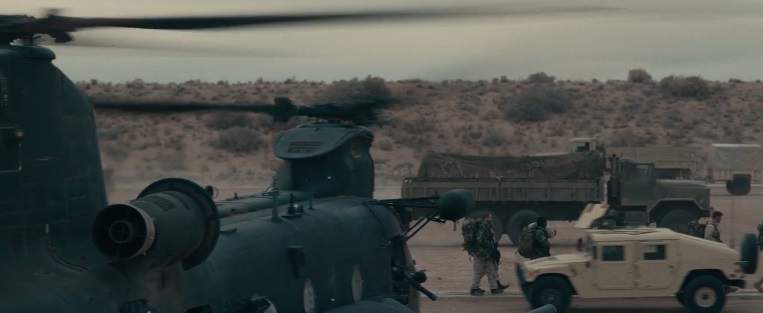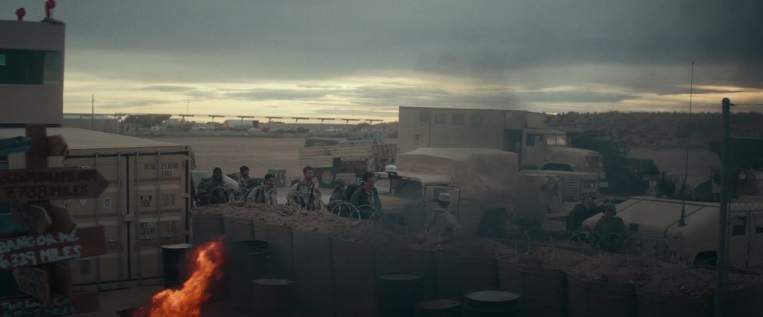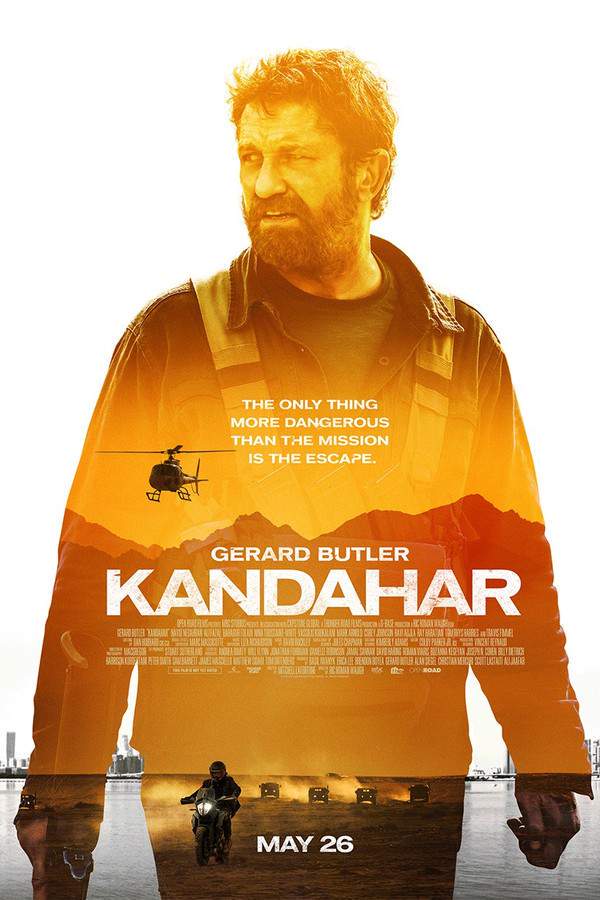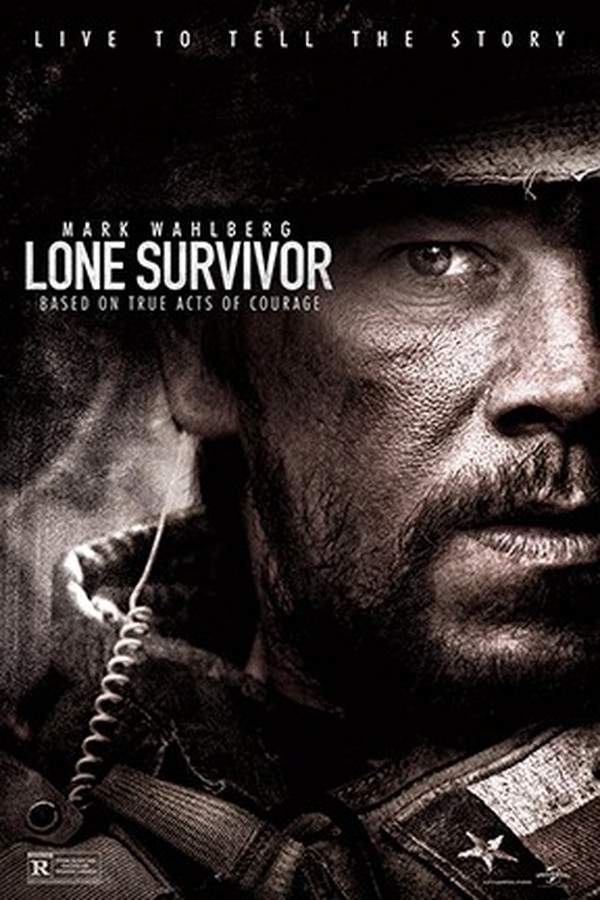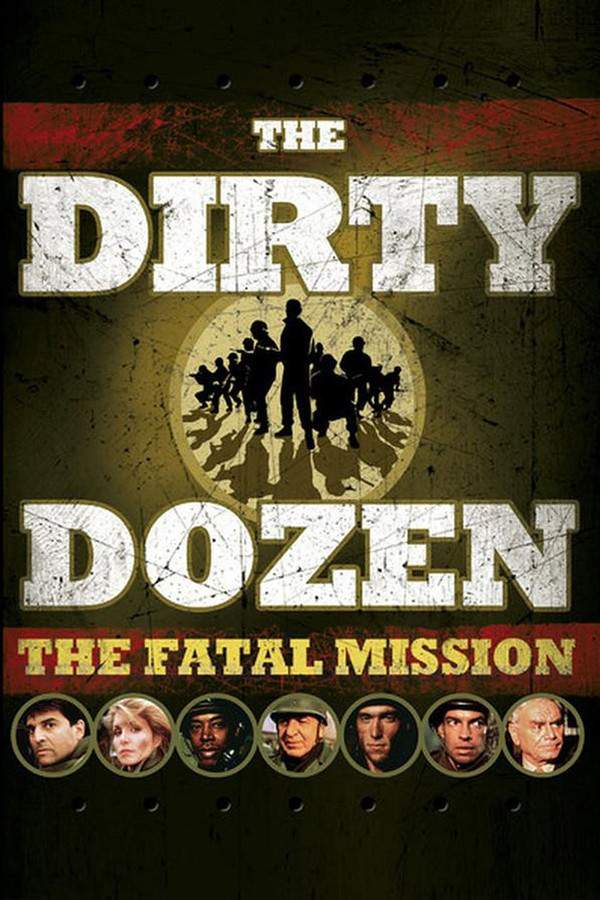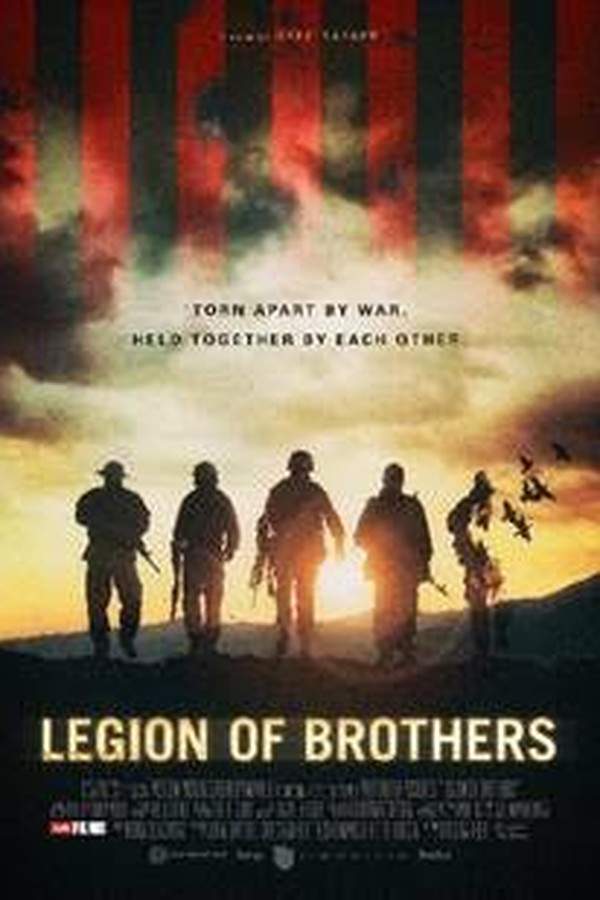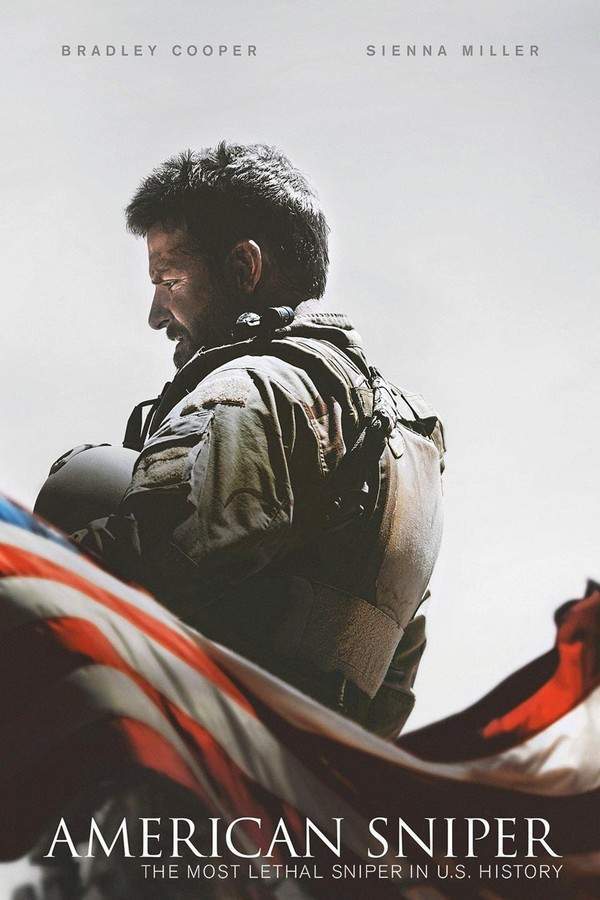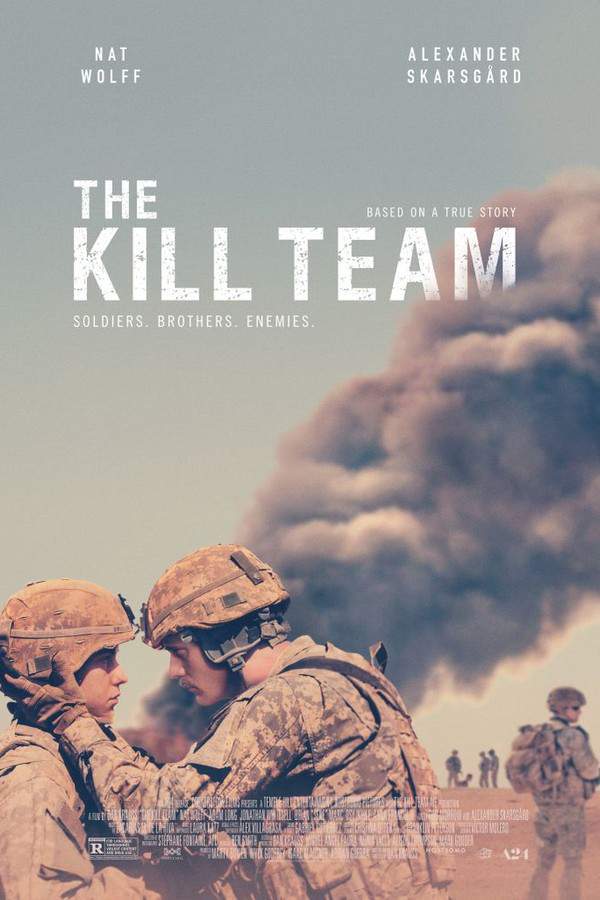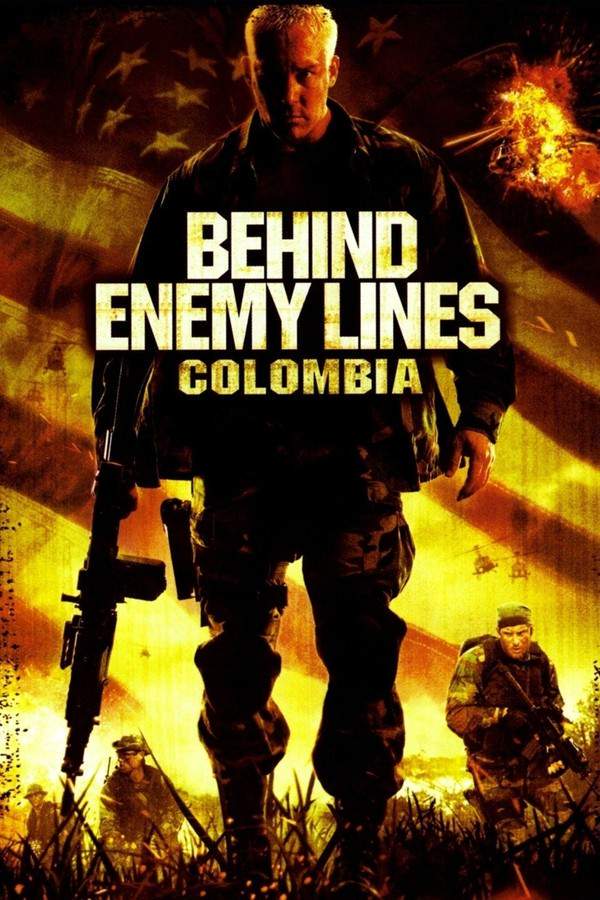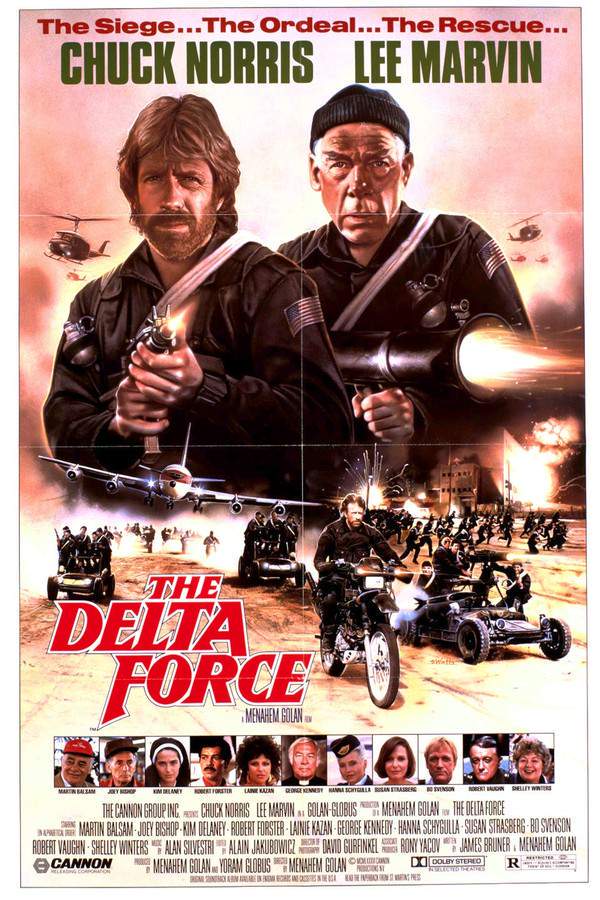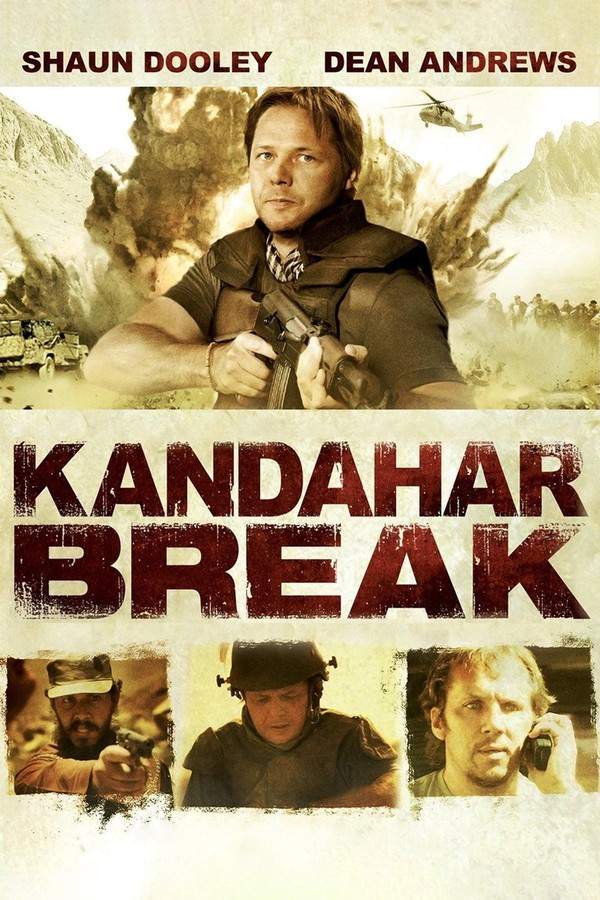12 Strong 2018
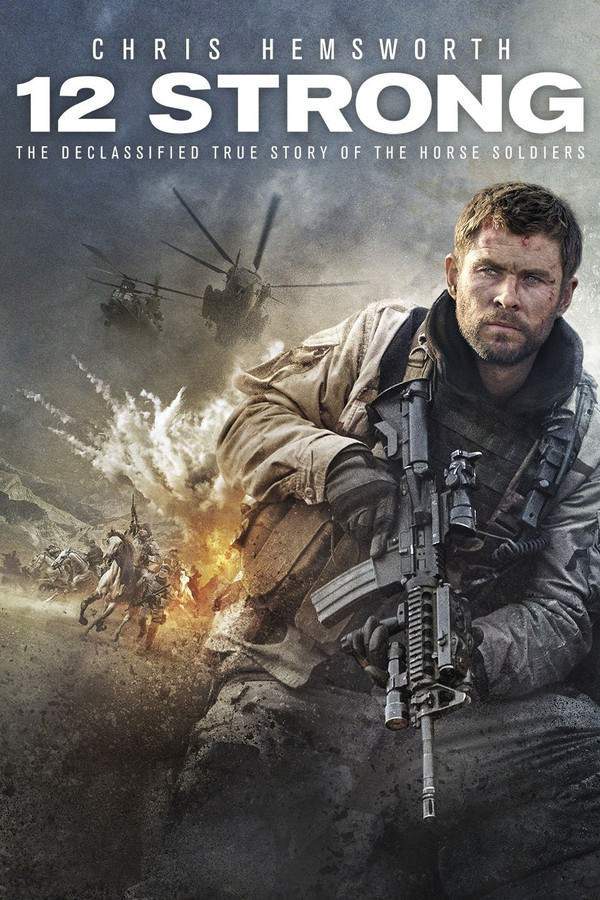
Following the September 11th attacks, Captain Mitch Nelson and a small team of US Special Forces operatives are deployed to Afghanistan. They join forces with General Dostum and his militia to combat the Taliban. Operating deep within the country’s challenging landscape, the team must overcome cultural differences and adapt to horseback combat while facing a determined and ruthless enemy. It's a story of courage, adaptation, and the forging of an unexpected partnership.
Does 12 Strong have end credit scenes?
No!
12 Strong does not have end credit scenes. You can leave when the credits roll.
Meet the Full Cast and Actors of 12 Strong
Explore the complete cast of 12 Strong, including both lead and supporting actors. Learn who plays each character, discover their past roles and achievements, and find out what makes this ensemble cast stand out in the world of film and television.

Chris Hemsworth
Captain Mitch Nelson

Jack Kesy
Charles Jones

Michael Shannon
Hal Spencer
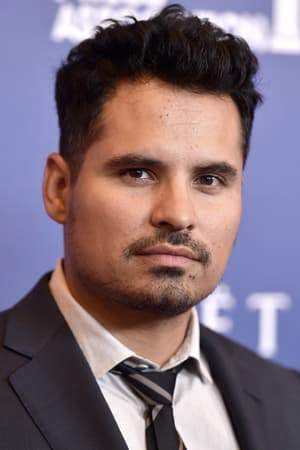
Michael Peña
Sam Diller

Geoff Stults
Sean Coffers

Thad Luckinbill
Vern Michaels
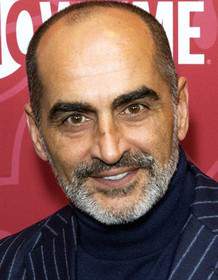
Navid Negahban
General Dostum

Ben O'Toole
Scott Black

Elsa Pataky
Jean Nelson
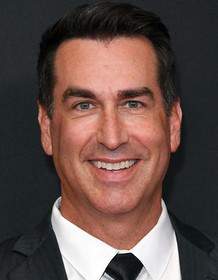
Rob Riggle
Lt. Colonel Bowers
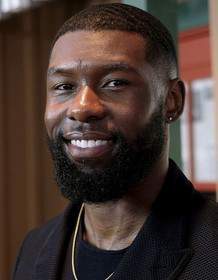
Trevante Rhodes
Ben Milo

William Fichtner
Colonel Mulholland

Austin Stowell
Fred Falls
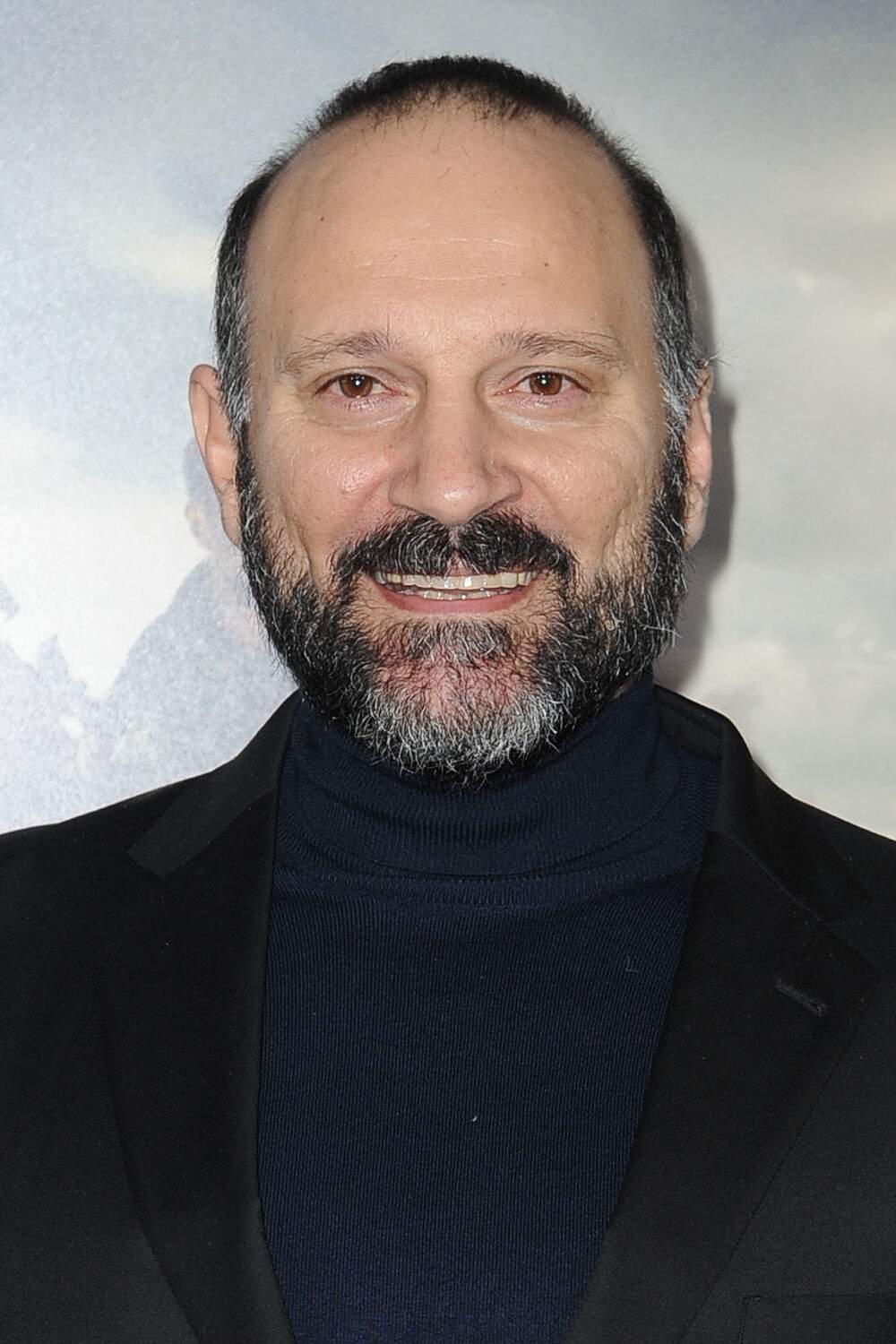
Laith Nakli

Austin Hébert
Pat Essex

Yasmine Aker
External Links and Streaming Options
Discover where to watch 12 Strong online, including streaming platforms, rental options, and official sources. Compare reviews, ratings, and in-depth movie information across sites like IMDb, TMDb, Wikipedia or Rotten Tomatoes.
Ratings and Reviews for 12 Strong
See how 12 Strong is rated across major platforms like IMDb, Metacritic, and TMDb. Compare audience scores and critic reviews to understand where 12 Strong stands among top-rated movies in its genre.

The Movie Echo Score
12 Strong balances immersive battle sequences with a broadly drawn emotional core but suffers from narrative simplicity and uneven pacing. Most reviews commend the director's confident staging of large-scale action and the ensemble's commitment, while noting that the plot often feels procedural and the historical context underexplored. The visual scope and immersive sound design carry strong moments, yet a lack of surprises and distinctive character arcs prevent the film from resonating deeply. Overall, the movie delivers solid thrills but leaves some dramatic potential unfulfilled.
The Movie Echo Score Breakdown for 12 Strong

Art & Craft
In terms of art direction and cinematography, 12 Strong presents a robust sense of scale and geography throughout the battlefield sequences. The director employs sweeping aerial shots and crisp framing to establish the mountain terrain, while editing maintains clarity in most action set pieces. However, some transitional cuts feel abrupt, hindering momentum in quieter scenes. Overall, the film's craft work consistently supports its large-scale ambitions.

Character & Emotion
In terms of character depth and performance, the ensemble delivers committed portrayals that capture camaraderie and anxiety in the field. Several supporting actors add brief moments of levity, and lead performances convey resolve, though inner conflicts are seldom explored. Dialogue occasionally leans on patriotic tropes instead of revealing individual arcs. Ultimately, the character work provides basic engagement but lacks nuanced development.

Story & Flow
In terms of story and flow, the film unfolds with a clear procedural structure that outlines mission objectives and tactical gains. Early sequences can feel methodical and slow, while later battles inject urgency, yet the narrative seldom shifts beyond familiar war-movie conventions. Originality is limited by predictable beats, and the historical backdrop remains underutilized. Overall, the story maintains basic momentum but lacks surprising developments.

Sensory Experience
In terms of sensory presentation, the film delivers a robust audio-visual experience with thunderous gunfire, immersive sound effects, and a restrained score that underscores tension. Visual style favors stark contrast between snowy peaks and desert expanses, reinforcing the harsh environment. Some action sequences blur in fast cuts, yet the overall design sustains engagement. Ultimately, the sensory elements provide a consistently immersive atmosphere throughout.

Rewatch Factor
In terms of rewatch value, the historical subject matter and large-scale set pieces offer moments worth revisiting, especially for viewers interested in modern military operations. However, repetitive battle patterns and limited narrative surprises reduce incentive for multiple viewings. While the film’s strong visual set pieces remain engaging, the lack of deeper emotional layers and novel plot developments dampens its long-term appeal.

54
Metascore
6.3
User Score


50%
TOMATOMETER

62%
User Score

6.5 /10
IMDb Rating

63
%
User Score

2.9
From 69 fan ratings

3.90/5
From 49 fan ratings
Take the Ultimate 12 Strong Movie Quiz
Challenge your knowledge of 12 Strong with this fun and interactive movie quiz. Test yourself on key plot points, iconic characters, hidden details, and memorable moments to see how well you really know the film.
12 Strong Quiz: Test your knowledge on the true events and characters depicted in the film 12 Strong.
What event triggers the deployment of ODA 595?
Terrorist attacks on September 11, 2001
A major earthquake
A military coup in Afghanistan
A peace treaty signing
Show hint
Full Plot Summary and Ending Explained for 12 Strong
Read the complete plot summary of 12 Strong, including all major events, twists, and the full ending explained in detail. Explore key characters, themes, hidden meanings, and everything you need to understand the story from beginning to end.
Mitch Nelson, portrayed by Chris Hemsworth, is a U.S. Army captain leading the Green Berets Operational Detachment Alpha (ODA) 595. As he relocates to a new home with his wife Jean (played by Elsa Pataky) and daughter on September 11, 2001, the world around him shatters with the news of a horrific terrorist attack sponsored by Al-Qaeda, which has found refuge in Afghanistan.
In the wake of the devastating events, Nelson boldly volunteers to command ODA 595 in a mission to Afghanistan. Initially, Lieutenant Colonel Bowers, played by Rob Riggle, hesitates to let him lead, but the seasoned CW5 Hal Spencer, excellently portrayed by Michael Shannon, persuades Bowers to reconsider. Hal, who had been set to retire, takes a stand for Nelson, advocating for his capability, despite Nelson’s lack of combat experience.
On October 7, 2001, ODA 595 embarks on their journey, leaving their families behind as they travel to Uzbekistan. There, they are briefed by Colonel Mulholland, played by William Fichtner, who assigns them to aid Northern Alliance leader General Abdul Rashid Dostum, depicted by Navid Negahban, in capturing Mazar-I-Sharif from the Taliban. Faced with a tough timeline of just three weeks before the harsh winter sets in, Nelson impresses Mulholland with his strategic thinking, ensuring his team is selected for this critical mission.
As ODA 595 covertly inserts into Afghanistan aboard an MH-47 Chinook on October 19, 2001, they experience perilous conditions designed to evade enemy fire. They find themselves in hostile territory, forging an uneasy alliance with Dostum as they navigate the complexities of local rivalries and a fractured Northern Alliance.
Nelson’s initial skepticism towards Dostum gradually turns into mutual respect as they wage war against Taliban forces controlled by the ruthless Mullah Razzan. Through intense firefights, Nelson earns his place on the battlefield, delivering crucial intelligence to U.S. air support, enhancing their combat effectiveness.
Despite setbacks, including a brutal attack on a fortified Taliban town due to Dostum’s tactical misjudgment, the two men confront their differences, reshaping their collaboration into a determined effort to reclaim territory. The tension of their leadership styles culminates in a critical moment when a second team is introduced to support their advances.
As the conflict escalates, ODA 595 faces overwhelming odds during a battle against a significant Al-Qaeda force. Just as despair threatens to overtake them, a revitalized Dostum returns, leading a cavalry charge that turns the tide of battle in an extraordinary display of military tenacity. Together, they succeed in driving back the enemy forces.
In the aftermath of the battle, Nelson and Dostum navigate the repercussions of their alliance, culminating in a peaceful resolution with rival leader Atta Muhammad, showcasing the complexities of warfare and camaraderie. The bond forged between Nelson and Dostum deepens, signifying mutual respect as Dostum hands Nelson his prized riding crop, symbolizing their forged brotherhood.
As the film concludes, it pays homage to the bravery of ODA 595, featuring the Horse Soldier Statue at the World Trade Center, a tribute to their valiant efforts in the early days following the September 11 attacks, reminding us of the sacrifices made by United States Special Forces. Ultimately, all twelve soldiers make it home after 23 grueling days of combat, a testament to their resilience and dedication.
Uncover the Details: Timeline, Characters, Themes, and Beyond!

Coming soon on iOS and Android
The Plot Explained Mobile App
From blockbusters to hidden gems — dive into movie stories anytime, anywhere. Save your favorites, discover plots faster, and never miss a twist again.
Sign up to be the first to know when we launch. Your email stays private — always.
Watch Trailers, Clips & Behind-the-Scenes for 12 Strong
Watch official trailers, exclusive clips, cast interviews, and behind-the-scenes footage from 12 Strong. Dive deeper into the making of the film, its standout moments, and key production insights.
Cars Featured in 12 Strong
Explore all cars featured in 12 Strong, including their makes, models, scenes they appear in, and their significance to the plot. A must-read for car enthusiasts and movie buffs alike.
12 Strong Themes and Keywords
Discover the central themes, ideas, and keywords that define the movie’s story, tone, and message. Analyze the film’s deeper meanings, genre influences, and recurring concepts.
12 Strong Other Names and Titles
Explore the various alternative titles, translations, and other names used for 12 Strong across different regions and languages. Understand how the film is marketed and recognized worldwide.
Similar Movies To 12 Strong You Should Know About
Browse a curated list of movies similar in genre, tone, characters, or story structure. Discover new titles like the one you're watching, perfect for fans of related plots, vibes, or cinematic styles.
Quick Links: Summary, Cast, Ratings, More

What's After the Movie?
Not sure whether to stay after the credits? Find out!
Explore Our Movie Platform
New Movie Releases (2025)
Famous Movie Actors
Top Film Production Studios
Movie Plot Summaries & Endings
Major Movie Awards & Winners
Best Concert Films & Music Documentaries
Movie Collections and Curated Lists
© 2025 What's After the Movie. All rights reserved.
















